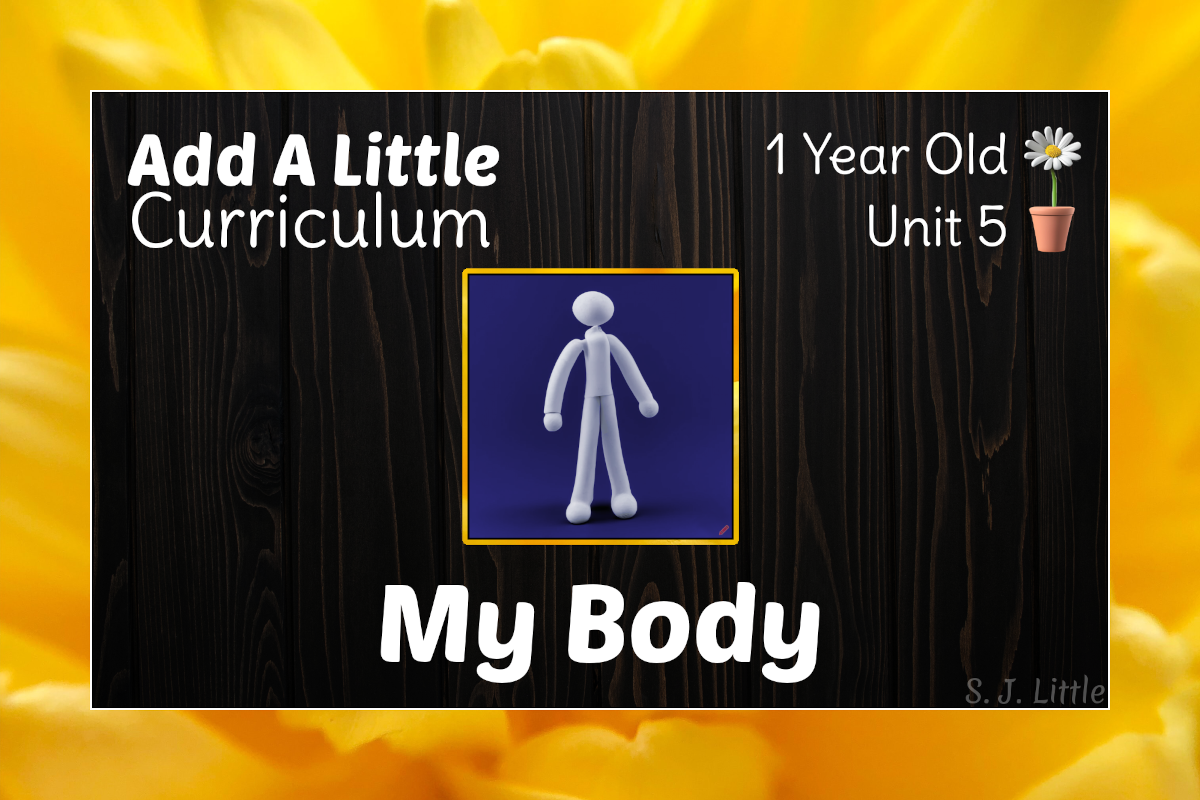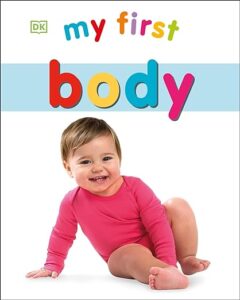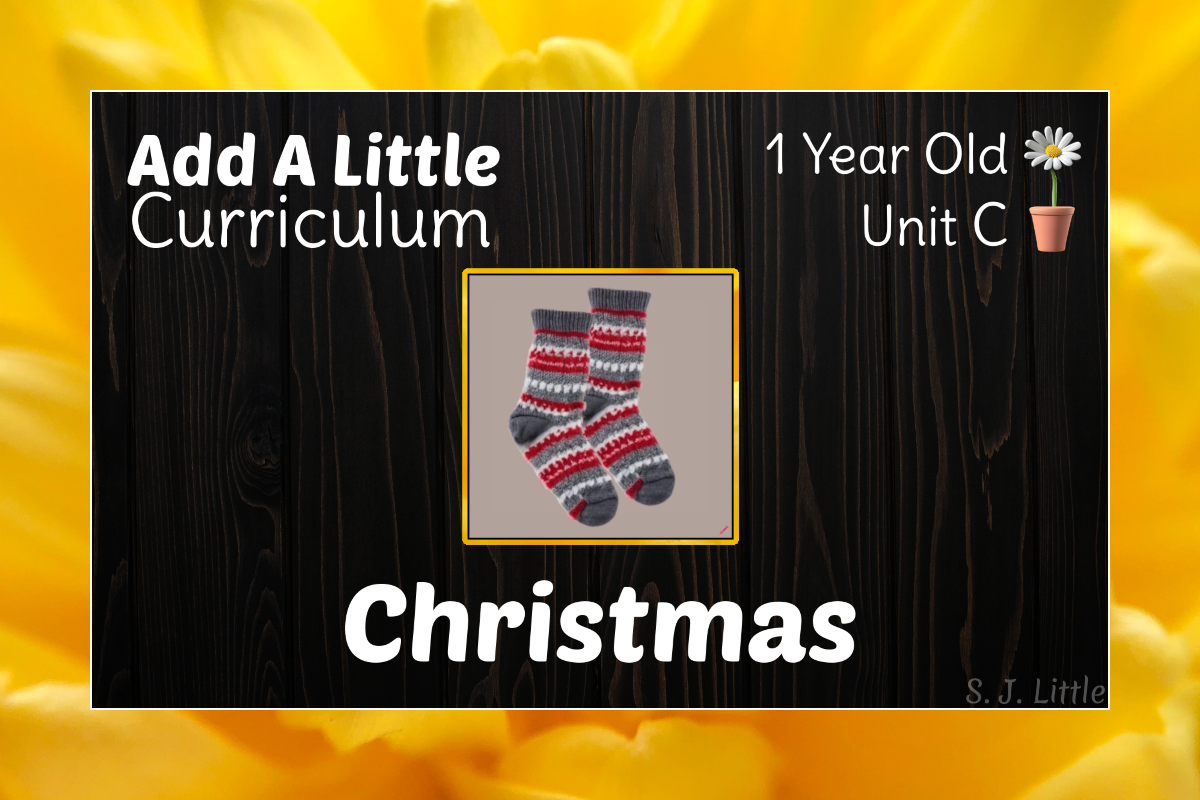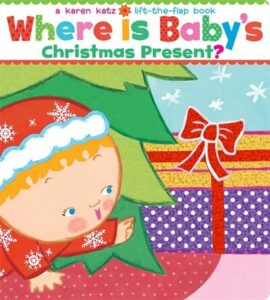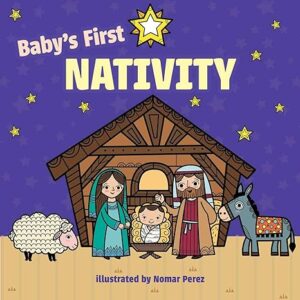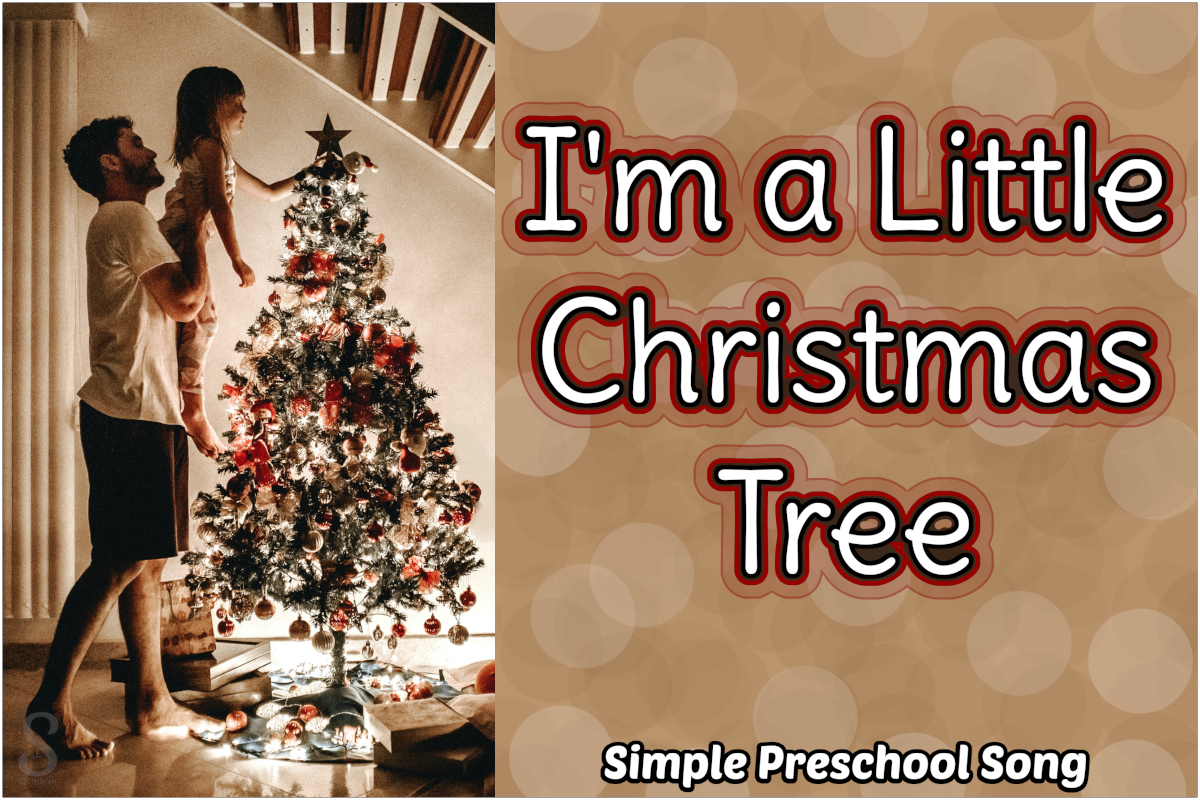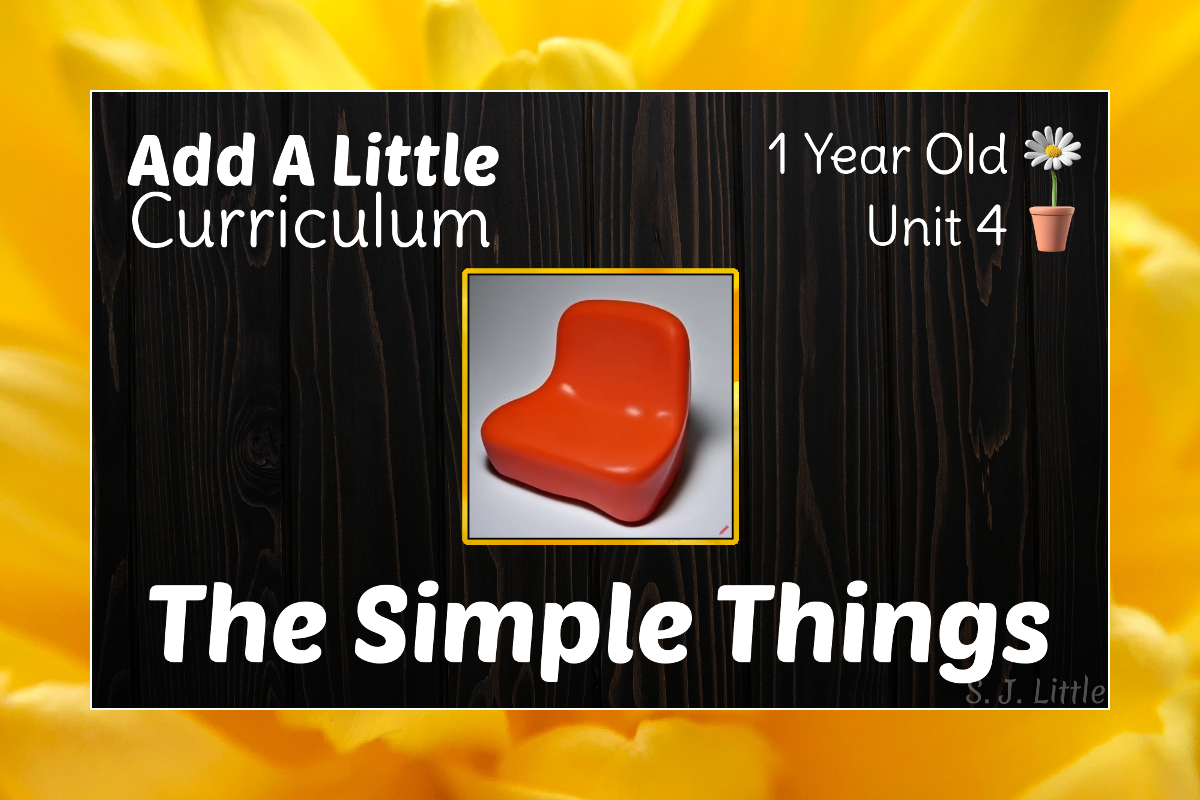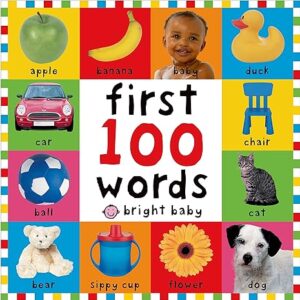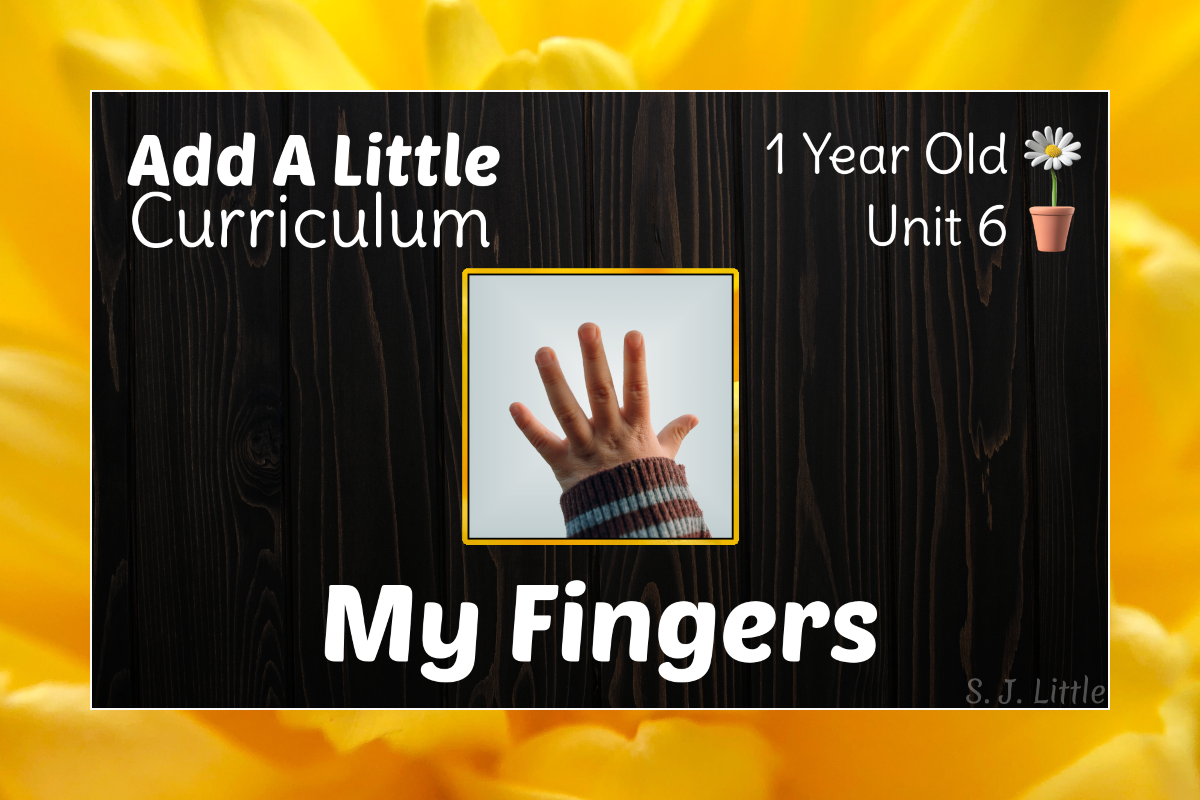
Add A Little – 1 Year Old Curriculum – Unit 6
My Fingers
Vocabulary: Finger, Paint, Poke, Water
Disclaimer: All activities require adult supervision and discretion. Read more…
Want to learn more about Add A Little Curriculum? Check out the Parent / Teacher Guide
Let’s Wiggle
Poke It Through
Supplies:
- A basket with holes in the sides. Consider a laundry basket, or a smaller organizing basket with holes.
- Optional: A toy that can poke through the holes. (This is especially helpful if the holes in the basket are rough or pose a risk of getting fingers stuck in them.) Consider:
- A spikey sensory ball
- The tail of a dog toy
- A spoon
Time to Play:
- Sit with your child where one of you can reach the inside of the basket and the other can reach the outside. Poke your finger or the toy through a hole, then pull it back.
- Repeat this action in another hole.
- Encourage your child to try to catch the finger/toy or push it back in.
- Play and have fun together.
- Eventually consider trading roles. Can your child poke the toy through while you try to catch it?
Let’s Explore
Water Painting
Supplies:
- Several dark-coloured pieces of construction paper (test ahead of time to ensure water makes them change colour)
- One shallow dish
- A paintbrush (alternatively pinch a large pompom or cotton ball in a clothes pin)
- Water
Prep:
- Cut the paper in half – approx. 8.5″ by 5.5″
- Fill the dish with about 1/2″ of water
Time to Play:
- Sit your child at a table or somewhere water-resistant with a piece of construction paper in front of them.
- Show them how to dip the paintbrush (or alternative) in the water and then brush the paper. Be excited when the colour changes.
- Encourage them to try.
Let’s Sing
Where Is Thumpkin?
Let’s Sing
Christian Song
This Little Light of Mine
Let’s Read
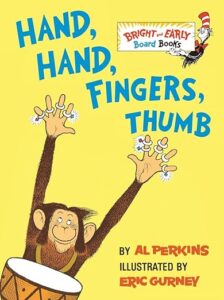
Hand, Hand, Fingers, Thumb
Author: Al Perkins
Illustrator: Eric Gurney
(This is an affiliate link meaning I earn a small commission when you make a purchase at no added expense to you.)

